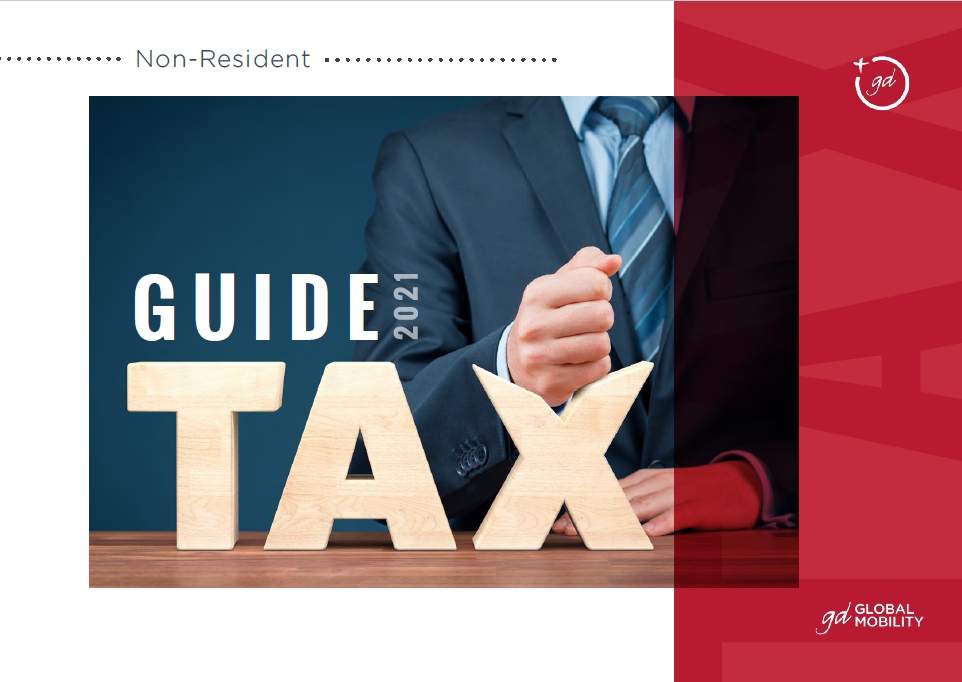
In light of the critical international situation that the Russian invasion of Ukraine has produced, we must consider several issues regarding the access that Ukrainian nationals have to a residence and work permit within the European Union and, specifically, to apply for a permit in Spain.
Nicolas Vieira, international mobility advisor at GD Global Mobility, explains that “the situation is constantly changing and being updated, but collection centers are currently being set up where people can apply for temporary protection without going through the normal steps for asylum seekers”.
In any event, as of noon on March 7, 2022, these are our thoughts on the migration and international mobility situation resulting from the war between Russia and Ukraine. We expect that the specifics concerning how the temporary protection measures will operate will be determined over the coming days.
Application of Directive 2001/55/EC
Ukrainian nationals must cross into Spanish territory to apply for a residence permit or visa. However, José Luis Escrivá, the Spanish government’s Minister of Inclusion, Social Security and Migration, has stated that there is ongoing communication with the Ukrainian embassy in Madrid, as well as with Ukrainian associations in Spain, to facilitate the entry of displaced persons, mainly unaccompanied minors and minors with disabilities.
In any event, in terms of mobility, it is important to underscore that the European Union does not require visas for Ukrainian nationals (which makes it much easier for them to settle in a member country).
Similarly, since the Council's decision of March 4, 2022, to implement Directive 2001/55/EC, special protections have been established that allow people who have been forced to leave Ukraine due to the conflict to enter the EU.
Under this Directive, they should be admitted to the EU on humanitarian grounds without the need for a visa, means of support or a valid travel document. Even those who are not protected under the Directive and are given access to the EU to facilitate a return to their country.
European Council approves temporary residence permit
The main goal of this Directive is to coordinate EU countries in granting Ukrainian citizens a residence and work permit, known as a temporary protection permit. This temporary protection will be valid for one year and can be extended for up to three additional years.
According to José Luis Escrivá, three reception centers where applications for this permit can be filed are currently being arranged, along with coordinating access to the other rights that the beneficiaries of temporary protection will have. So far, these centers are located at the Social Security training center in Madrid, the Ciudad de la Luz in Alicante, and in Barcelona, where another center is still to be set up.
This permit could be revoked at any time, for example, if the situation in Ukraine settles down, the period of temporary protection will end, and the foreign citizen will be required to exchange this card for another one.
Likewise, this permit will be a residence permit valid at the national level, which means that it cannot be used in another Member State other than the one that granted the residence and work permit. However, this may be extended by national legislation. In our case, the Spanish legislature will determine its extension in due course.
Beneficiaries of temporary protection
The beneficiaries of this Directive will be:
- Ukrainian nationals who are residents of Ukraine who have been displaced on or after 24 February 2022
- nationals of other countries who are long-term residents in Ukraine; this includes refugees, stateless persons, etc.
- family members of Ukrainian nationals and family members of long-term residents; family members are defined as spouses, life partners, dependent minor children and close relatives living with or dependent on the citizen.
Temporary residents such as students and temporary workers will not be beneficiaries of this permit, although they should be allowed access to the EU in view of the humanitarian crisis.
In short, this temporary protection should quickly allow displaced persons to enjoy EU-wide standardized rights.
What rights do beneficiaries of temporary protection have?
Spain, like each Member State of the European Union, will internally establish the rights that beneficiaries of temporary protection will have.
For the time being, the directive states that temporary protection includes:
- a residence permit
- the opportunity to engage in employed or self-employed work
- access to suitable accommodation
- the necessary social, medical or other assistance and means of support
Temporary protection for unaccompanied minors should also allow them to benefit from legal guardianship. Persons under the age of 18 must also have access to education.
Although the Directive has already been implemented, it is now the Spanish government's turn to provide internal instructions on how the competent authorities should implement the Directive, as the Ministry of Inclusion, Social Security and Migration has done today.
Similarly, following the implementation of the Directive, Spain issued an information note on the different situations in which people fleeing the war in Ukraine may find themselves, but the situation is constantly evolving.
Clarification of this situation is expected in the coming days to provide information on how to handle the reception of people fleeing the war in Ukraine and to respond to the numerous enquiries we receive regarding this emergency situation.
What does this information note say?
The following persons will be able to access the International Protection Assistance System:
- Persons who are displaced from Ukraine as of 24 February 2022 because of the Russian invasion that was launched on that date.
- People living in Ukraine who were in Spain when the conflict broke out and have not been able to return to their country.
Both cases include Ukrainian nationals residing in Ukraine and third-country nationals or stateless persons residing long-term in Ukraine, along with their families.
To be accepted into the System, these persons must lack financial resources and meet the rest of the requirements established in the System's Management Manual.
In order to remain in the System, these persons must, as soon as possible and within a maximum period of 3 months, be documented, either through a declaration of willingness to apply for international protection, through an application for international protection, or through documentation accrediting that they are beneficiaries of temporary protection.
Spain, like each Member State of the European Union, will determine the rights that these persons will have and will establish internal instructions for how the measures should be applied and enforced.
Cooperation
The Directive allows for coordinated cooperation between Member States regarding the reception of Ukrainian nationals.
At this stage, it is unclear whether coordination will involve the allocation of reception quotas to each country. However, these Ukrainian nationals and long-term residents are free to move around the Schengen area. The countries will work in coordination to avoid potential bottlenecks in Member States' systems.
To illustrate the scale of the conflict in terms of migration, estimates suggest that anywhere from 2.5 million to 6.5 million people may potentially be displaced due to the armed conflict, of whom an estimated 1.2 million to 3.2 million could apply for international protection.
The UN High Commissioner for Refugees estimates that up to 4 million people could flee Ukraine in a worst-case scenario.



